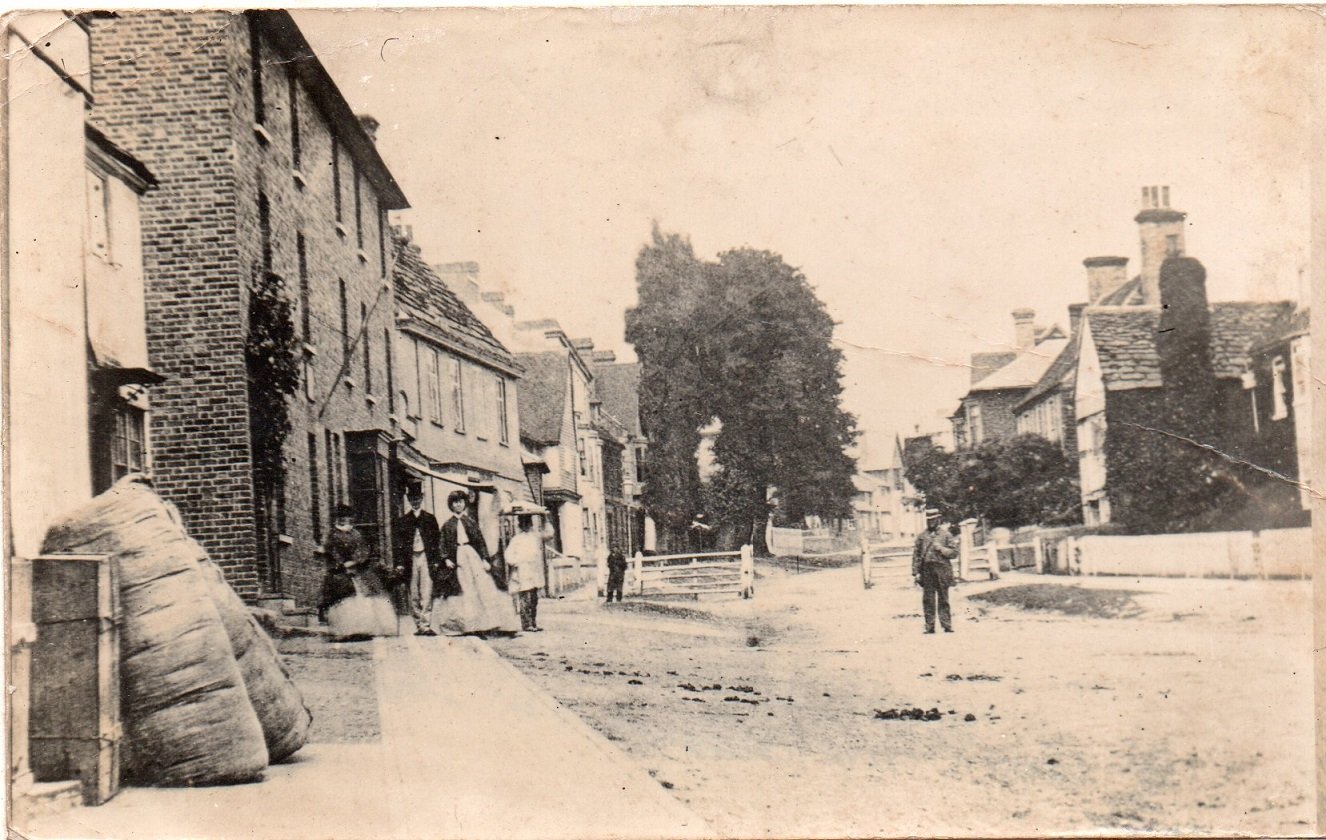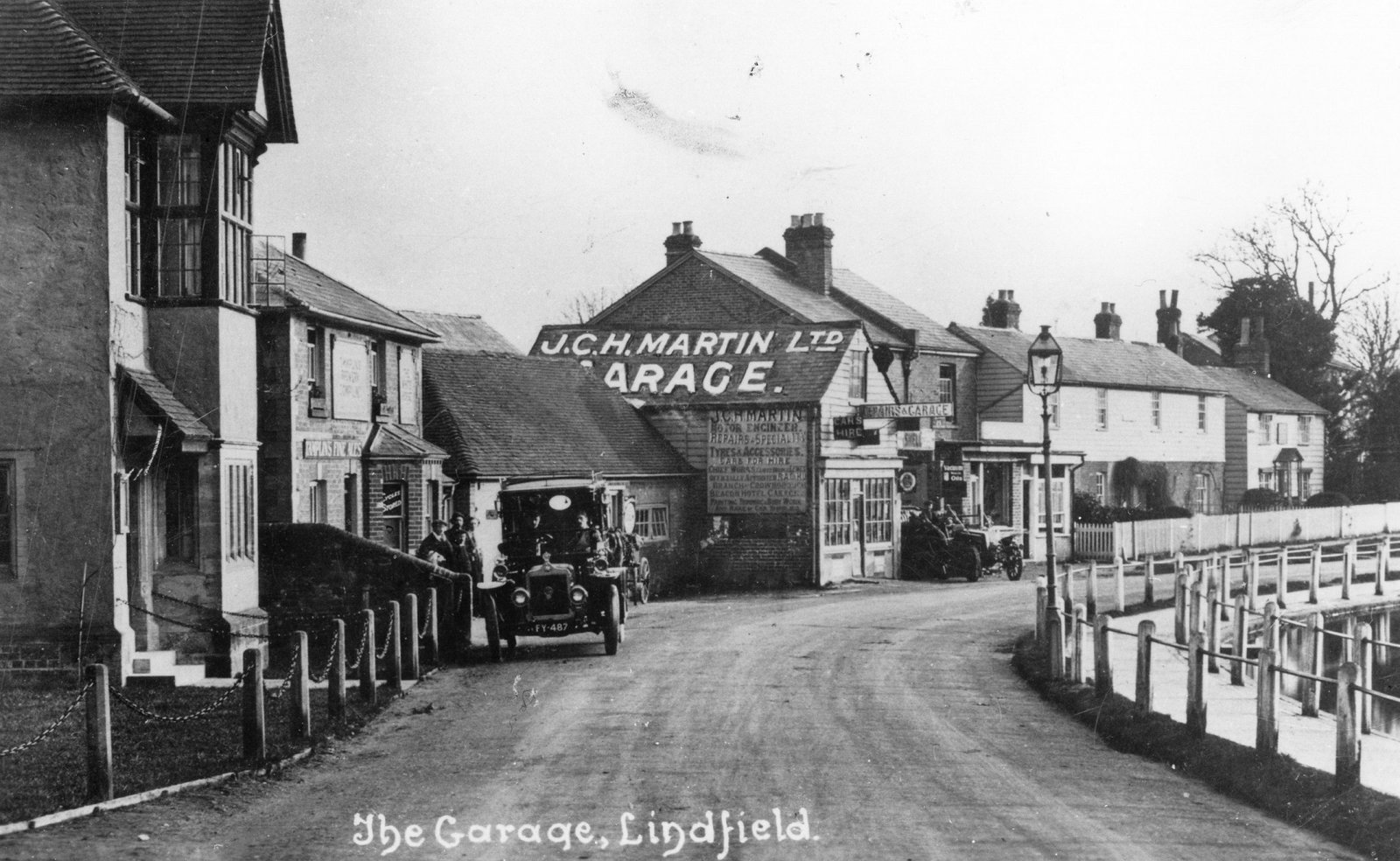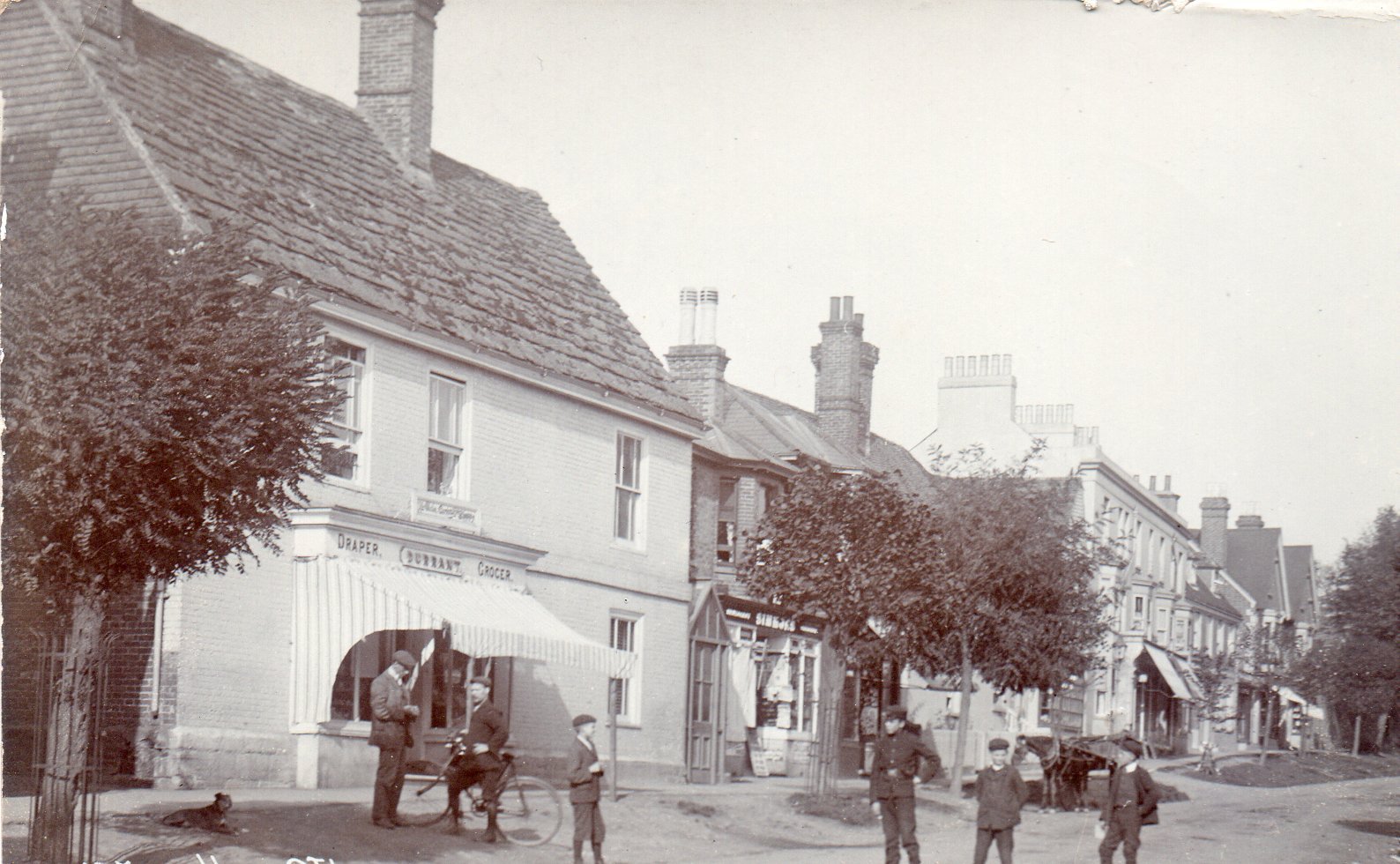by chiefwomble
Share

Government planning legislation continues to pose the single greatest threat of over development for the entire southeast. A White Paper in the autumn of 2020 proposed removing the few protections that remain for communities targeted by speculative developers. Councils would have been compelled to identify land “zoned” for development, where applications would receive automatic approval. A centralised algorithm would have imposed housing targets even less reasonable than the existing ones. Resistance across the political spectrum was so strong that these proposals were quietly paused for further consideration. Recently, there have been warm words from government about prioritising the development of brownfield land instead. This is not, however, what is happening on the ground. Nationally, the proportion sites with planning permission that are brownfield is the lowest since records began: 44% vs 53% last year (November 2021 report by Campaign to Protect Rural England). Developers continue to focus on more profitable, greenfield sites even as these become more vital in addressing the climate and biodiversity crises. Nor, at the time of writing, has the government published any new White Paper to formalise a change of direction. It is very important that all residents who have not yet done so contact our MP Mims Davies (mims.davies.mp@parliament.uk) to make their views clear and request her support.
200 houses at Scamps Hill: The developers, Southern Housing Group, announced their intention to begin roadworks in the autumn before having an approved construction management plan. This provision is required and will be important for keeping HGV traffic away from the High Street. Our and others’ representations to Mid Sussex District Council resulted in an official reminder to the developers that work may not begin without such a plan. Planning permission unfortunately has been secured for this scheme, but we can still work to ensure that required procedures are followed to provide a level of protection from its impact. 48 houses off High Beech Lane: Regular flooding of neighbouring streets and properties has accompanied construction works by developers Croudace. This was predictable and indeed predicted, given the history of flooding and land instability in this area. Again, regrettably, planning permission has been granted, so efforts must focus on minimising the negative impact by enlisting the council’s enforcement officers.
Blocks of flats on Tavistock and Summerhill School site: On a more positive note, the applicants’ appeal, following the council’s refusal of permission, was unsuccessful. It is notable that the appeal failed specifically because of the effect the scheme would have had on the “character and appearance of the area”. This precedent should provide protection from blocks of flats in Lindfield.
Heavy Goods Vehicles in Lindfield: the Parish Council has carried out consultation that supports an HGV restriction (except for access) on Lewes Road between Gravelye Lane and the High Street. We look forward to a response from West Sussex County Council during the first quarter of 2020.
The Society was glad to be able to resume its talks programme in the autumn and is proposing some new initiatives, including a heritage trail in the village. We wish all our members health and happiness in the New Year.






